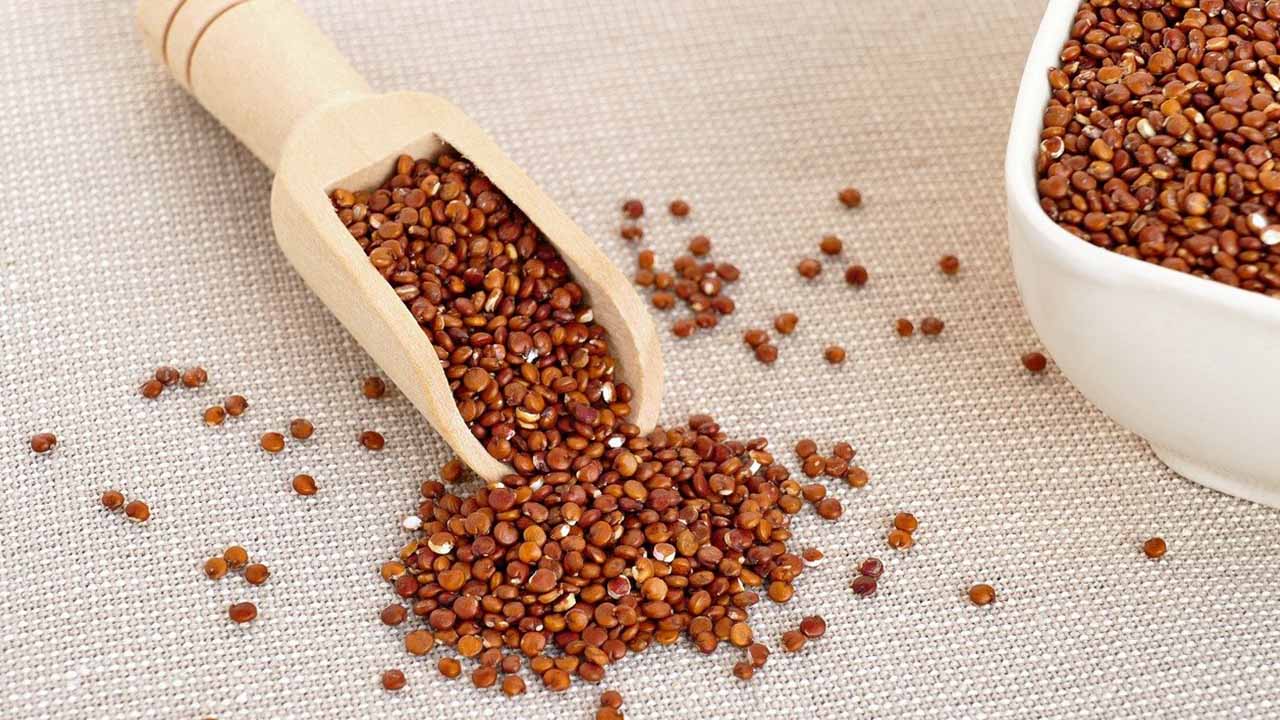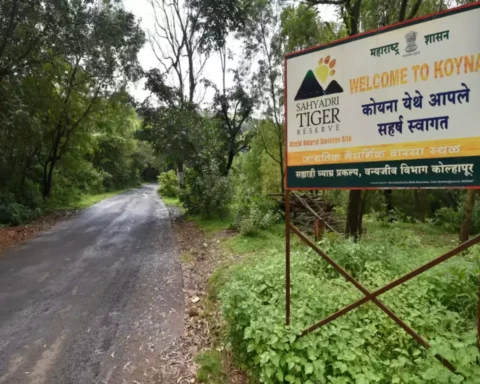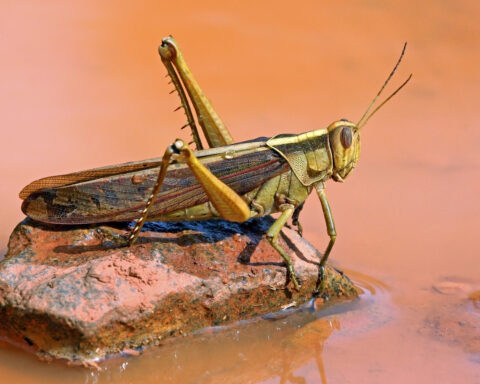The Secretary, Department of Food and Public Distribution, Sudhanshu Pandey during his visit to Maharashtra inspected the paddy procurement center- Kardha in Bhandara district to oversee the paddy procurement being done in the state on Saturday. Senior Officers of Food Corporation of India (FCI), Maharashtra State Government, and procuring agencies accompanied him during this visit. Although, he was satisfied with the procurement operations but advised the State Government Authorities to improve upon the infrastructure at the procurement centers. He also interacted with the farmers at the center and encouraged them to avail the benefits of various schemes of the Centre. It was also informed that a new testing method of Rice has been introduced by the GoI to know the age of the Rice which would encourage Paddy procurement and help the farmers.
Following which, the Secretary, Food visited a Fair Price Shop (FPS) at Kardha where he interacted with FPS owner and some PDS beneficiaries. He expressed satisfaction over the system of issuing Ration under NFSA (National Food Security Act) and PM-GKAY (Pradhan Mantri Garib Kalyan Anna Yojana).
He emphasised on promoting solvent extraction plants for manufacturing Rice Bran Oil in the procuring districts and also suggested putting up grain-based distilleries for the production of ethanol and thereby promoting Maize cultivation.
The Food Secretary advised the government of Maharashtra to work on crop diversification, especially the production of millets as the year 2023 is being declared as the ‘International Year of Millets’ by the Food and Agriculture Organisation of the United Nations, the release said.
Why Millets?
There are about 6,000 varieties of millet throughout the world, and since they are not fussy about soil and water, they are a major source of energy and protein for more than a billion people in arid and semi-arid regions. Unlike our over-cultivated wheat-rice-corn which need a whole lot more pampering to survive. They are highly tolerant of drought and other extreme weather conditions and have a similar nutrient content to other major cereals.





























